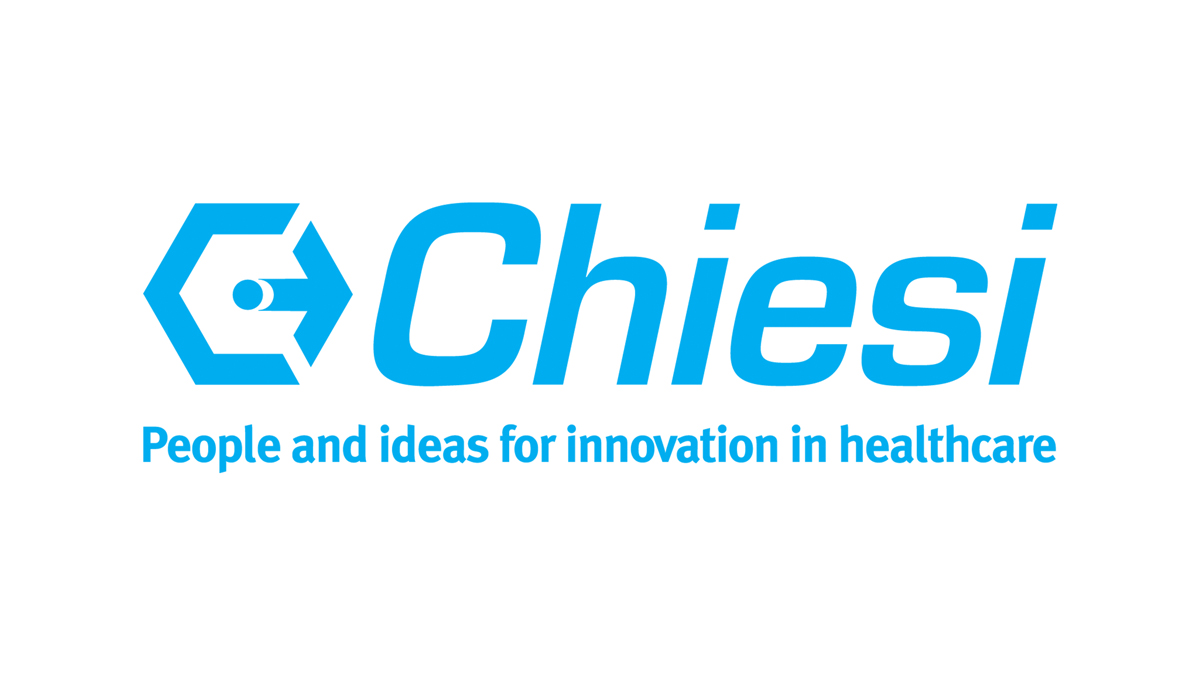Chiesi ups its focus on rare diseases

Italy’s Chiesi has created a new business unit aimed at increasing its presence in the market for rare disease drugs. Richard Staines spoke to Giacomo Chiesi, head of Chiesi Global Rare Diseases, to find out more.
Can you tell me more about the rare diseases Chiesi will be targeting with the new unit?
Chiesi has been in business for about 85 years and we have a commitment to advancing treatments for rare diseases. The new Chiesi Global Rare Diseases (GRD) business unit takes our focus on rare diseases to an entirely new level. Through our parent company Chiesi Group, we have the expertise and resources in place to advance many promising therapies in the years ahead.
Chiesi GRD has an initial focus in developing therapies for lysosomal storage disorders (LSDs), including Fabry disease, as well as other rare diseases in haematology and opthalmology indications. We will continue to look for opportunities to expand our pipeline and this may bring us into new therapeutic areas in the future. In all cases, we want to develop treatments for diseases that represent areas of significant unmet medical need for patients around the world.
How will the work done at the division contribute to the existing work in Fabry disease?
Chiesi are proud that we are continuing to invest in the development of a new treatment option for Fabry patients, which will hopefully expand the range of treatment options available in the near future.
The creation of the new Chiesi GRD division allows us to ensure that we have the dedicated resource and focus required to ensure that we can work closely with the whole Fabry community: healthcare professionals, our patients, as well as their carers and families.
Is there any other kind of drug that Chiesi will be working on – for instance small molecules, antibodies, or gene therapies?
As noted, for right now our priority focus is on research and product development in lysosomal storage disorders, rare haematology and ophthalmology disorders, regardless of the modality. Moving forward Chiesi GRD will be able to consider and advance a range of scientific and medical approaches to treatment of rare diseases including the potential for multiple approaches for the same disease.
Our key consideration will be that they align with our mission and our goal to target areas of significant unmet need for patients. We also plan to continue discussions with rare disease patients, patient advocates and clinicians to gain important insights that will optimise our drug development efforts.
How many people will be employed by the new division and how many of these will be new jobs?
Around the world Chiesi has about 6,000 employees and we will be able to draw from our global reach and expertise to support our efforts in rare diseases. The Chiesi GRD office is located in Boston, Massachusetts, a global centre for research and product development in rare diseases. We like to move quickly: we feel a sense of urgency for the patients. We already have more than 150 employees in our Rare Disease unit located across Europe and the US. We hope to continue to expand the GRD division as we grow into new therapeutic indications within the next couple of years.
How long will it take for the unit to be working at full capacity and has the company set any development goals?
The opportunities for us in rare diseases are almost limitless. We have the team and resources in place now to advance our programs successfully. We are a fully integrated organisation: within the GRD division we employ about 70 people in R&D (between clinical and biotech product development), about 20 people in medical affairs, and about 50 people in commercial and marketing roles.
We are also building a patient advocacy function, which is a key development for us as we hone our skills to enhance our understanding of patients’ needs and embed their voice in our product development strategy. As we expand our pipeline, we will continue to add to our team to make sure we can stay true to our mission to bring new therapies to patients as rapidly as possible.
Regarding our short-term development goals, we will continue to work in collaboration with our partners at Protalix BioTherapeutics to support the development of a new therapeutic option for Fabry disease. In parallel, we will be continuing to invest in the clinical development of a therapeutic option for alpha-mannosidosis, another LSD, as well as beginning to invest in the development of a therapeutic option for beta-thalassemia in the US.
However, I have to stress that this is just the beginning, and we expect to rapidly build our pipeline and to continually bring to our team the resources and expertise we need to continue to build momentum. For us “full capacity” might never happen because we have so much potential for growth!












